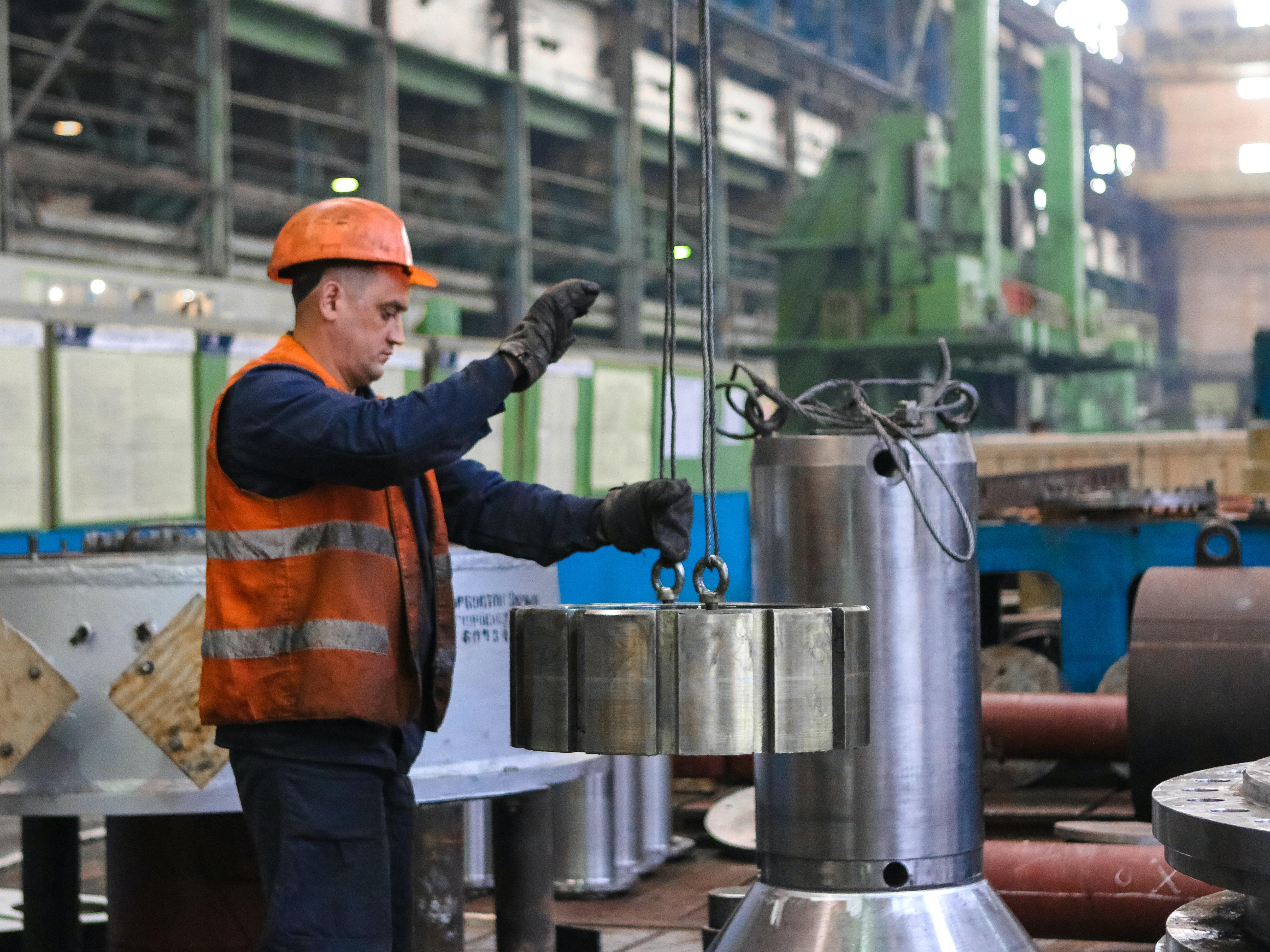
Think Tank
Boosting Manufacturing Efficiency During COVID-19

One of the immediate impacts of the COVID-19 crisis was a rapid decline in production levels and manufacturing efficiency, triggering fears that the entire supply chain might collapse.
Now, months after the onset of the pandemic, those fears haven't been borne out. Yet manufacturers are still struggling to adjust. It remains unsafe in many parts of the world — and especially the U.S. — for factories to bring in a normal number of workers without special considerations. Additional personal protective equipment (PPE), social-distancing policies and improved ventilation have become the norm.
Manufacturers face a number of related challenges as well, including material shortages, demand shocks and rising worker absenteeism.
It now appears that the worst business fallout from the crisis will be in the form of continually strained supply chains. Materials might remain in low stock, or noticeably more difficult to source than usual. Logistics and shipping could be similarly affected, as companies in the supply chain adjust to working safely during the pandemic.
In Europe, industrial production across all sectors was down significantly in June, according to data from Eurostat. While production has recovered somewhat from its initial fall in March and April, with predictions of continued growth through the rest of this year, the European manufacturing industry has experienced nothing close to full recovery.
Production levels look similar in the U.S. Despite major gains of 3.8% and 7.2% in May and June, productivity remained 11.1% below February levels. Much of this growth was due to improved numbers from the auto industry; with carmakers excluded, productivity gains were just 3.9% in June.
While further growth is forecast, manufacturers aren't optimistic about how the industry will fare for the remainder of the year. Overall, business spending is likely to be down, meaning manufacturers will be investing less in expansion and new equipment.
The current recession and reduced levels of consumer spending have already impacted manufacturers. It will likely continue affecting them for the rest of the crisis, and through economic recovery, which could take almost any shape.
Economists have little confidence about when we can expect the economy to recover in full. Data from the early eurozone recovery suggests that that a quick, “V-shaped” recovery might be out of the question if the U.S. and global economies follow a similar pattern.
Manufacturers and supply chain professionals might need to prepare for the current conditions to be long-lasting.
New technology and accompanying business practices could be the answer for manufacturers that want to return to normal levels of productivity faster than the competition.
Increasing worker absenteeism, combined with reduced output in factories practicing social distancing, has made labor-saving technology more important than ever.
Industry 4.0 technology allows for remote work and observation of essential equipment, along with increased use of robots and fleets tied to the industrial internet of things (IoT).
New IoT technology can also help factory owners enforce social-distancing policies and track worker movement onsite. Digital contact-tracing systems enable manufacturers to keep on top of the potential spread of COVID-19 in their factories.
Contact tracing is an invaluable tool for businesses looking to stop the spread of the virus among staff. With the right policies and information gathered from IoT-connected wearables, supervisors can send exposed workers home, thereby preventing one individual from infecting many.
Because of this technology's value, some industry observers are predicting a rapid digital transformation of the manufacturing industry over the next year and a half. However, it's not clear whether the current impact of COVID-19 is accelerating the adoption of Industry 4.0, or putting it on hold. Many factory owners, faced with unstable demand and reduced efficiency, might shy away from significant capital expenditures. As productivity levels begin to improve, they could become more comfortable investing in this technology, although more complex and transformative solutions may remain off the table.
The COVID-19 crisis is likely to extend well into the future. Even once a vaccine is developed, there could be a long recovery period, in which demand remains low and supply chains unstable.
Manufacturers seeking to adapt to the current moment have a wide range of options. New technology such as IoT sensors enable improved worker management and remote operations, and could help factories to safely increase their efficiency.
Emily Drinks is an extension of the marketing team of Cherry's Industrial Equipment Corp.






